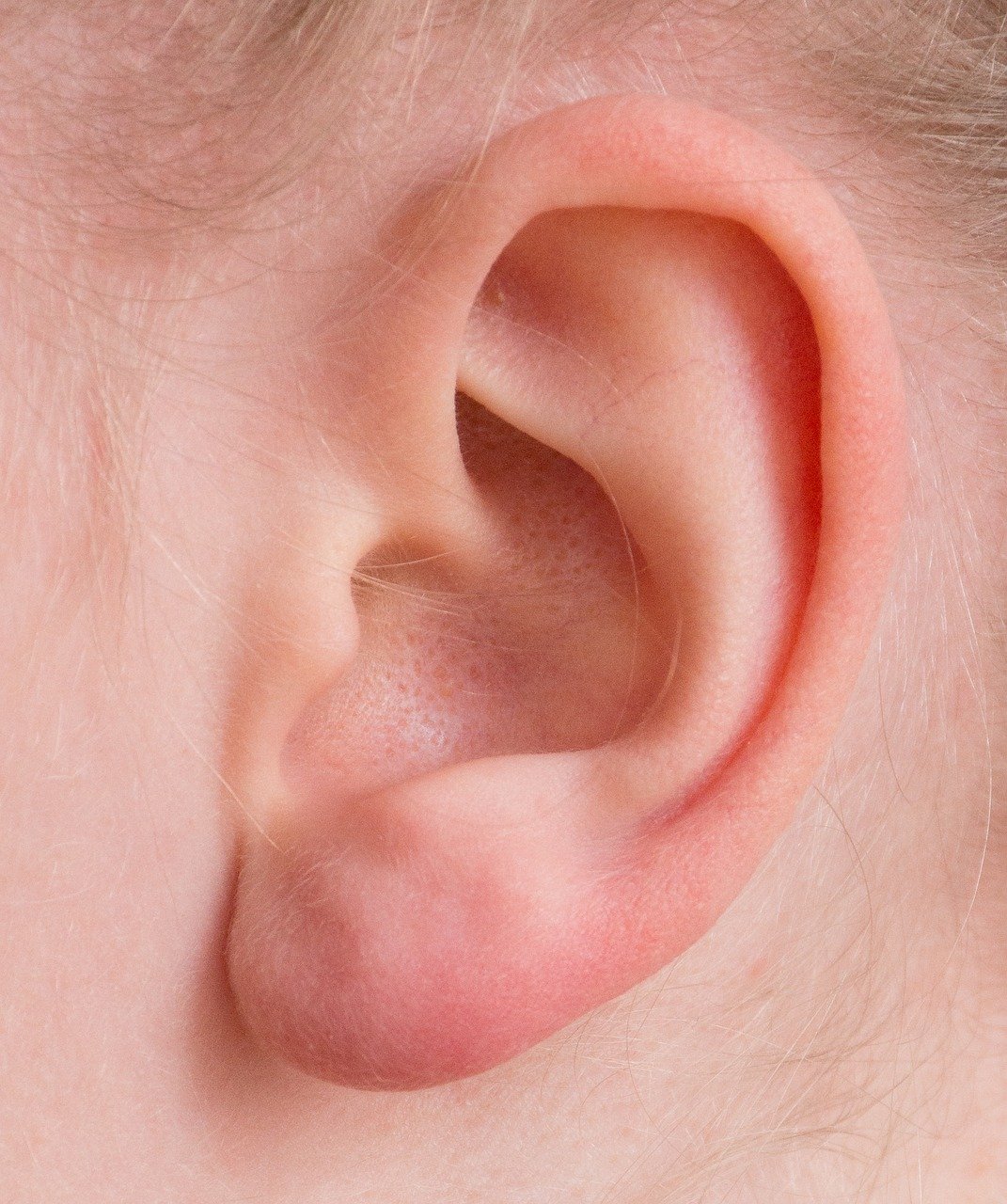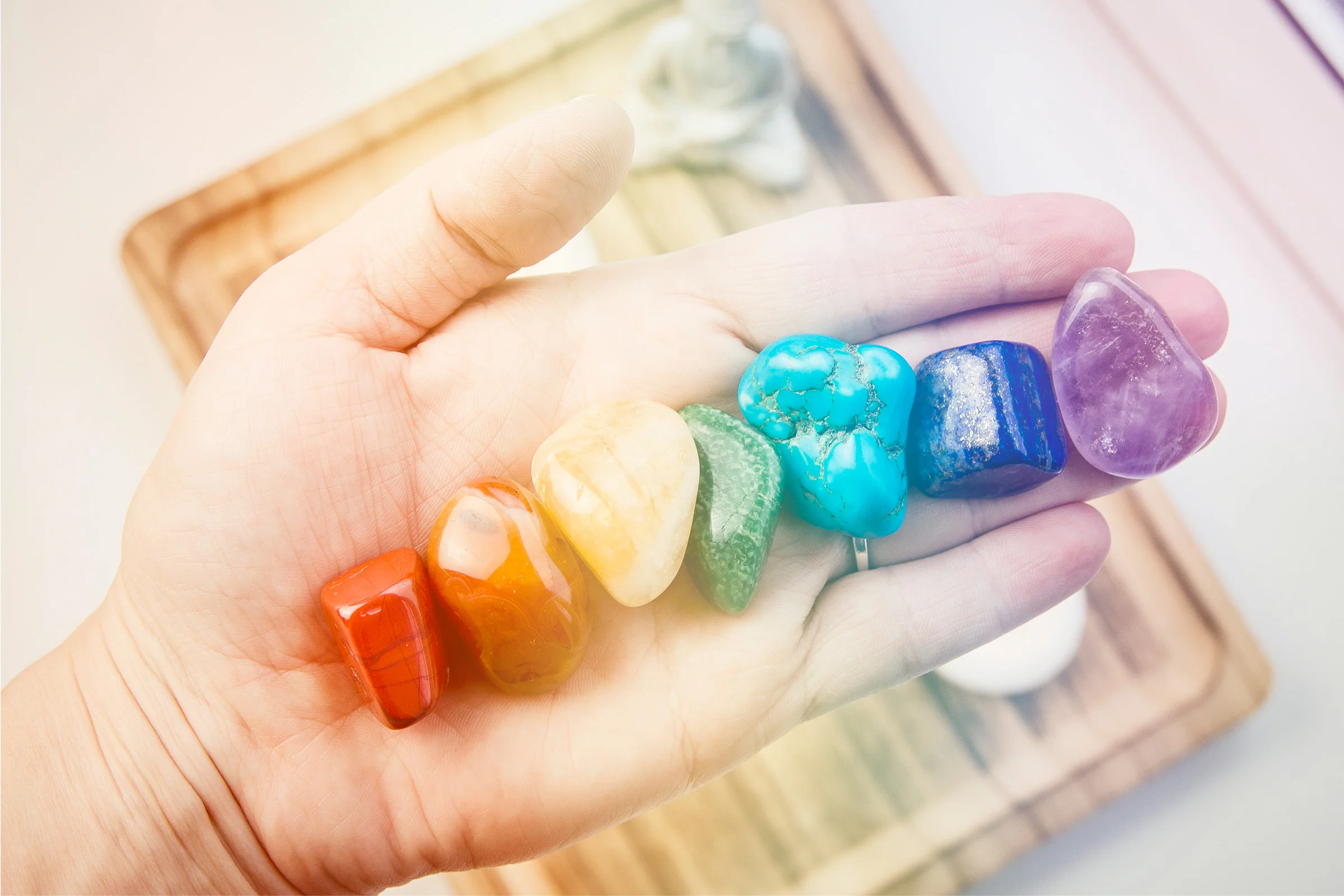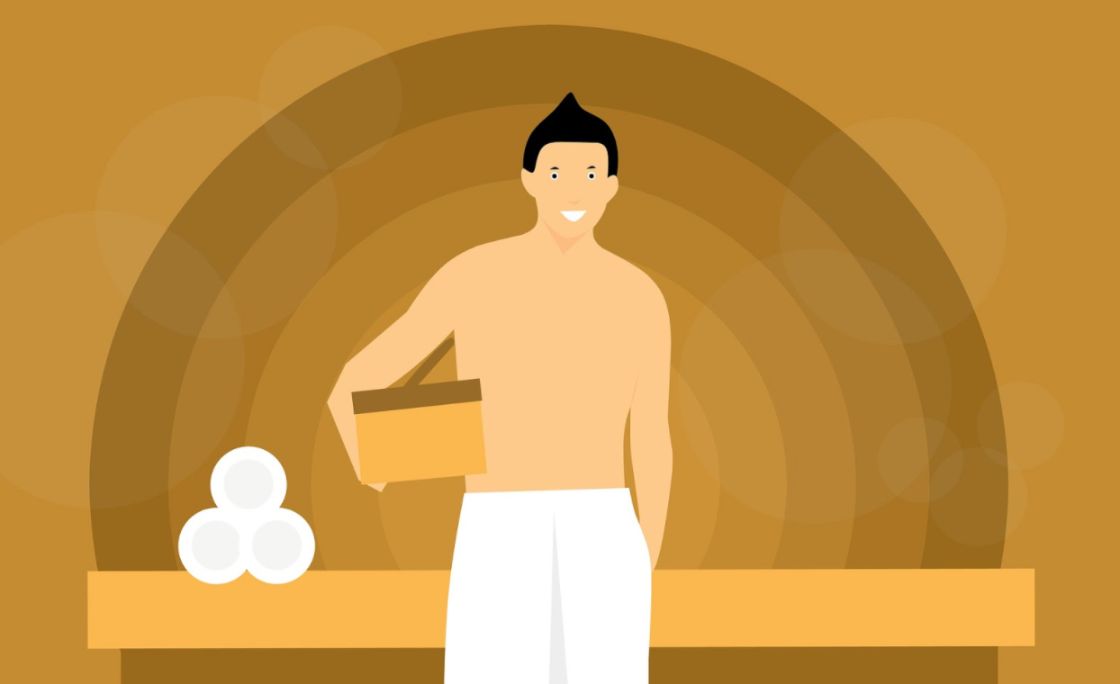Now hear this: believe it or not, your ear can get stuffed just as easily as your nose.
Clogged ears can be painful, annoying and affect young and old alike.
Fortunately, plenty of clogged ear remedies can be found right at home.
Article Navigation
- What are Clogged Ears?
- How to Prevent Clogged Ears
- When to See a Doctor
- Earwax Buildup Remedies
- Mucus Buildup Remedies
- Do’s and Don’ts
- Conclusion
If you or a loved one suffer from this bothersome condition, keep reading to find 17 of the best tips for unclogging ears.
You’ll be glad you listened!
What are Clogged Ears?
As the term implies, your ears become clogged whenever some sort of blockage forms in your ear canal or your Eustachian tube, a part of the middle ear that connects to the pharynx. It’s important to identify exactly what’s causing your clogged ears because that determines which home remedies are the best options for you.
One possible cause of your clogged ears is a buildup of wax in the ear canal. Your ears typically do a good job of removing wax on their own, but sometimes it can be pushed deeper into the ear, where it hardens and forms an obstruction.
Similarly, mucus or fluid can accumulate in your middle ear, specifically the Eustachian tube. This can occur naturally, such as when your body is battling allergies, a cold, or a sinus infection, or when water seeps into your ears while swimming or bathing.
You also may have the sensation of your ears being clogged after experiencing a rapid, significant change in altitudes, such as when scuba diving or flying. Technically speaking, this is not caused by a clog, but rather an imbalance in air pressure between your environment and your middle ear. Nevertheless, the symptoms can be very similar and just as uncomfortable.
Whatever is causing your clogged ears, this collection of home remedies can show you how to unclog your ears.
How to Prevent Clogged Ears
Of course, the best solution is preventing your ears from becoming clogged in the first place.
Here are some tips for stopping this annoying condition before it starts.
- Avoid the urge to clean your ears with cotton swabs too often. Q-tips can push wax deeper into the ear, where it can harden and cause a blockage. Trust your ears’ natural cleaning process. We got along fine for millennia before Q-tips came along!
- If you have a head cold, hot foods and drinks are your best friend. Soup, broth, tea, and coffee can ease congestion and break up mucus, whether in your nose or your Eustachian tube. If you have the stomach(stomach ache remedies) for them, spicy foods also work wonders.
- If you love swimming but hate shaking the water out of your ear for the rest of the day, consider investing in a quality pair of earplugs. Ideally, look for a pair of molded-style plugs; the plunger variety can, like Q-tips, push wax deeper into your ears.
- After bathing, gently dry your ears using a towel or soft cloth to prevent lingering water from traveling further into your ears.
- If you’re prone to clogged ears while flying, pop a piece of gum. The constant chewing motion forces open your Eustachian tubes and helps restore the balance of pressure. Yawning has a similar effect.
- When scuba diving, be sure to ease yourself down slowly to allow your ears time to get used to the shift in pressure. If you’ve been dealing with a respiratory infection, put off your diving until you’re feeling better.
The first symptoms you’ll likely experience when you have clogged ears are, not surprisingly, slight difficulty hearing and a sensation of fullness in your ears.
However, if you’re unsure if your ears are clogged or want to know what to expect, you also may encounter the following problems.
When to See a Doctor?
- Earache or pain
- Itchy Ears
- Sounds of popping, cracking or ringing in the ear
- Intermittent dizziness or loss of balance
Though the home remedies in this guide will help fix most cases of clogged ears, you should consult a medical professional immediately if the clogged feeling lingers or you experience any of the following symptoms.
- Bleeding from the ears
- Severe, persistent earache
- Any sort of discharge, which may be green or yellow
- High fever or vomiting
- A severe sensation of spinning, total loss of balance, or difficulty walking
- Sudden, significant loss of hearing
These symptoms could be the sign of a more serious problem and should be treated by a doctor as soon as possible. You should be especially wary if you’ve ever had ear surgery, a perforated eardrum or a history of excessive earwax buildup.
If you suspect an accumulation of wax is behind your clogged ears, and the home remedies below don’t solve the problem, a medical professional safely can remove the buildup. Sticking any sort of foreign object deep into your ear can puncture your eardrum and cause permanent damage to your hearing. Particularly troublesome cases of Eustachian tube blockage also may require medical intervention. Prescription drugs may be needed to clear up any underlying infections causing mucus buildup in your respiratory system.
In severe cases, surgery may be needed to drain fluid from the Eustachian tube. If your symptoms linger, or if you experience any of the additional symptoms listed above, ask your doctor to check for the root of the problem, and for professional advice on how to unclog your ear.
Earwax Buildup Remedies
Note: Don’t use this clogged ear remedy more than three times per day, or if you have an infection.
Glycerine/Mineral Oil Solution
- Combine a few drops of glycerine or mineral oil with ¼ to ½ cup of warm water.
- Tilt your head to the side so your clogged ear is facing upward.
- Slowly pour the solution into the affected ear.
- Hold this position for 10 minutes.
- Tilt your head to the other side and gently pull your earlobe to drain the solution.
Hydrogen Peroxide
Note: Using this solution excessively may cause an infection or damage your eardrums.
Do not use this solution if you already have an infection.
- Use a medicine dropper to collect two to four drops of 3% hydrogen peroxide.
- Tilt your head and release the drops into your clogged ear. After a few minutes, you should hear a fizz.
- Once this sound stops, tilt your head to the other side so the solution can drain.
- Repeat this process up to three times if necessary.
Oil
Note: Do not use this method if you have a perforated eardrum.
- Fill a medicine dropper with three or four drops of warm olive oil, baby oil or mineral oil.
- Pour the oil into your ear. Let it sit for 10 to 15 minutes, then remove the wax with a cotton swab.
- If this fails, put oil in the affected ear before bed for three consecutive nights. Sleep with that ear facing upward.
- On the fourth night, use warm water instead. The wax should fall out.
Steam
Note: This is one of the more versatile clogged ear remedies.
You’ll find it also loosens mucus in the Eustachian tube and respiratory system.
Be careful when putting your face near hot water.
- In a bowl, mix hot water and a few drops of any essential oil.
- Lower your head toward the bowl.
- Drape a towel over your head and the bowl, so the steam is trapped inside the towel.
- Breathe in the steam slowly and deeply. You should feel your ear open up.
Warm Compress
Note: You also can fill an ear syringe with warm water, gently pour it into your clogged ear with your head tilted, and let it sit for 10 to 15 minutes.
The wax should fall out easily.
- Soak a clean cloth in hot water. Wring out any excess water so the cloth is warm. Alternatively, wrap a hot water bottle in a towel.
- Press the compress against your ear for six or seven minutes. Use your palm to lightly massage the ear.
- Repeat as needed.
Mucus Buildup Remedies
Note: If you don’t have apple cider vinegar, you can substitute white vinegar.
Apple Cider Vinegar and Rubbing Alcohol
- Fill a medicine dropper or bulb syringe with equal parts apple cider vinegar and rubbing alcohol.
- Tilt the affected ear upward and release the solution into your ear.
- While pressing a cotton pad to your ear, tilt your head in the opposite direction, so the ear faces downward.
- Hold this position for a few minutes. The loosened fluid should drain from your ear. Repeat as needed.
Gargling
Note: In addition to being a great clogged ear remedy, gargling is a great way to fight colds, bacteria in your mouth and sinus infection symptoms all throughout your body.
- Combine warm water and a teaspoon of salt in a drinking glass.
- Pour a gulp of the solution into your mouth and gargle for about half a minute.
- Spit out the mixture. Try not to swallow.
- Repeat twice a day. A great time is when you’re brushing your teeth and flossing before and after bed.
Garlic
Note: Alternatively, crush two or three peeled cloves of garlic. Heat them with a tablespoon of oil.
Once the mixture is cool, tilt your head and pour it into your ear.
Drain it with the help of a cotton pad after two minutes.
- Peel four to seven garlic cloves and combine with a glass of water.
- Heat for 12 minutes. Crush the cloves into a paste.
- Mix this with ½ teaspoon of salt, spread it on a cloth, and wrap it up.
- Press this against your ear for a few minutes. Repeat two or three times daily.
Homemade Nasal Saline Spray
Note: Though you can repeat this method as often as necessary, do not re-use one batch of solution for more than two days.
- Boil one cup of water. Once it’s reached room temperature, transfer it to a sterile container.
- Mix with ½ teaspoon baking powder and ¼ to ½ teaspoon of non-iodized salt. Pour this into a medicine dropper.
- Tilt your head back, place the dropper in your nostril, and slowly release. Spit out as it drains through your nose or mouth.
- Blow your nose, then repeat in the other nostril. Repeat two to three times daily.
Tea Tree Oil
Note: If you prefer, you also can combine a few drops of the tea tree oil with a tablespoon of warm olive oil, stir it thoroughly, and insert the mixture into the affected ear using a dropper.
- Boil one glass of water. Add a few drops of tea tree oil and stir well.
- Tilt your head to the side, and lower your clogged ear over the glass. The steam will rise into the ear and should begin to break up any mucus in your Eustachian tube immediately.
Fluid Buildup Remedies
Create a Vacuum
Note: You also can try turning your ear downward and gently tugging on your earlobe.
Alternatively, shake your head from side to side while maintaining this position.
- Tilt your head to the side and cup your palm to your ear. Try creating a tight seal.
- Lightly push your hand against your ear in a fast, back-and-forth motion. Flatten your hand as you push toward your ear. Cup it when you pull back.
- Every so often, remove your hand so the water can drain. Repeat as necessary.
Turn on a Blow Dryer
Note: Don’t use a high heat setting, and take care that you don’t burn your ear by touching the blow dryer to it.
- Plug in your blow dryer and turn it to its lowest setting.
- Hold the blow dryer approximately a foot away from the affected ear. Move it in a back-and-forth motion, toward your ear and back away from it.
- Use your free hand to gently tug down on your earlobe, allowing the warm air to get deeper into your ear.
Use Gravity
Note: If you’re worried about hurting yourself or becoming dizzy while hopping on one foot, you can try this stationary method.
Lie on your side with your head on a pillow and the affected ear facing downward.
Stay still for 15 to 30 minutes. Before long, you should feel relief.
It doesn’t get much simpler than that!
- Shift your weight onto one foot, and tilt your head so your clogged ear is facing downward.
- While keeping your head tilted, gently hop on foot until your ear unclogs.
Pressure Imbalance Remedies
Otovent
Note: As a bonus, this method is also effective against fluid in the middle ear.
- Place an Otovent balloon firmly against your left nostril.
- While holding your right nostril closed, take in a big breath through your mouth, and hold it.
- Close your mouth, and blow that air through your left nostril, as though you were inflating the balloon with your nose.
- Switch the balloon from your left nostril to your right, and repeat. The process can be repeated as often as you find necessary.
Toynbee Maneuver
Note: You may find the Toynbee Maneuver more effective if you perform it with your head tilted backward, so you’re looking at the ceiling.
It’s also possible to perform it without holding water in your mouth if you desire.
- Take a small sip of water, but don’t swallow. Hold the water in your mouth. Gently pinch your nostrils shut, and close your mouth.
- Without releasing your nostrils, swallow the water. You should feel a slight pop in your ears.
- Repeat as often as necessary.
Valsalva Maneuver
Note: Take care not to exhale too forcefully. Doing so can damage your eardrum.
It shouldn’t take more than a slight breath for you to hear the telltale pop.
This Valsalva Maneuver also may cause dizziness.
If you experience any lightheadedness while executing the maneuver, stop immediately and try an alternative.
- Similar to the Toynbee Maneuver, close your mouth and pinch your nostrils shut.
- Try exhaling through your nose. You should feel and hear a pop in your ears.
- Repeat as often as necessary.
Wriggling Your Jaw
Note: Much like the Valsalva Maneuver discussed above, wriggling your jaw is a great, versatile way to cure a clogged ear because it can be performed anytime, anywhere, and with no outside tools required.
It’s as natural as remedies come!
- Open your mouth as wide as you can without experiencing any pain.
- Wriggle your jaws back and forth and from side-to-side in a quick, rhythmic motion.
- Maintain this motion until you feel a pop in your ears, and repeat as often as you find necessary.
Do’s and Don’ts
Do’s
- Clean your ears regularly, and dry them with a soft cloth after bathing.
- Try keeping your head upright as much as possible, including while sleeping.
- Drink lots of fluids, especially at night, to keep the mucus thin while you sleep.
- Stay in temperate environments as much as you can: not too hot, not too cold.
Don’ts
- Don’t ever stick sharp objects in your ears, including your fingernails. Use Q-tips sparingly.
- Don’t make unnecessarily fast movements. Don’t shake your head or stand up too quickly.
- Don’t drink alcohol and avoid caffeine, salty foods, and tobacco.
- Don’t expose your ears to extreme temperatures more than necessary. Never introduce boiling liquids to your ears.
Conclusion
Clogged ears can be a maddeningly uncomfortable and annoying affliction. Unfortunately, they are so common that odds are you or a loved one will encounter them at some point. The good news is plenty of remedies are at your disposal without even having to step outside your home.
No matter how your ears became clogged — be it wax buildup, mucus or fluid accumulation in the Eustachian tube or an imbalance of pressure — there’s no shortage of home remedies for how to unclog them. These 17 home remedies are among the most effective but, amazingly, just some of the many options out there.
The good news is that as common as clogged ears are, home remedies are seemingly just as common, with many of them just a junk drawer, refrigerator or medicine cabinet away. By practicing common sense prevention methods, using these home remedies and keeping a close eye out for the more serious symptoms that may necessitate the help of a medical professional, clogged ears can be beaten. And that’s got to be great to hear!









